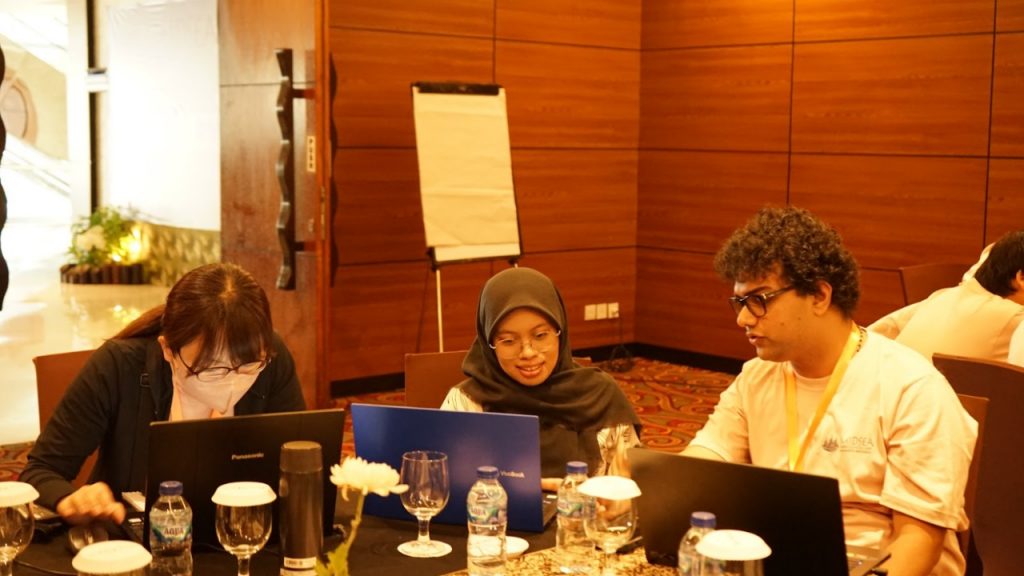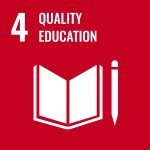 Entering the fourth day of Track Inference in the MidSEA Summer School 2025, the participants’ enthusiasm grew stronger, especially when entering one of the key sessions: Bayesian Parameter Estimation for Transmission Models. This session provided in-depth learning on how modern statistical approaches can be applied to understand and predict the spread of infectious diseases.
Entering the fourth day of Track Inference in the MidSEA Summer School 2025, the participants’ enthusiasm grew stronger, especially when entering one of the key sessions: Bayesian Parameter Estimation for Transmission Models. This session provided in-depth learning on how modern statistical approaches can be applied to understand and predict the spread of infectious diseases.
Presented by Shihui Jin, this session introduces Bayesian inference techniques using the SIR (Susceptible-Infected-Recovered) model to estimate the transmission parameters of a disease based on daily observational data over a 30-day period. This approach is directly relevant to the development of predictive models and the formulation of data-driven public health policies.
Participants are introduced to how the SIR model works in the context of disease spread in a closed population. With the help of simulations using the R programming language, participants can see how changes in the number of individuals in the susceptible, infected, and recovered groups occur over time. Through these simulations, participants understand how important parameters such as the transmission rate (beta) and recovery rate (gamma) affect the course of an epidemic.
However, the essence of this session is not only about deterministic simulation. The main focus is on how we can use real data to estimate important parameters in the model, taking into account the uncertainty inherent in the data.
Using the Stan platform, participants learn how to combine prior knowledge with observational data through the Bayesian inference process. They learn how Stan uses advanced algorithms such as the No-U-Turn Sampler (NUTS) to sample from the posterior distribution, allowing them to see the range of possible values for unknown parameters. Not only that, participants are also taught how to validate the models they build, including through trace plots, Effective Sample Size, and R-hat as convergence indicators.
One of the key moments in this session was when participants realized that this approach is not only statistically relevant, but also very useful in the context of health policy. With Bayesian inference, the models built can provide more realistic estimates, taking uncertainty into account, and ultimately helping policymakers design more accurate interventions.
Keywords: MIDSEA, Modelling, Infectious Diseases Modelling
Author: Najida Humaira
Photo: Lucetta Amarakamini


